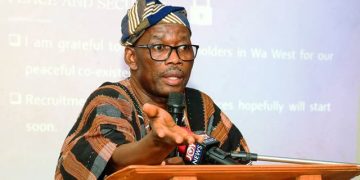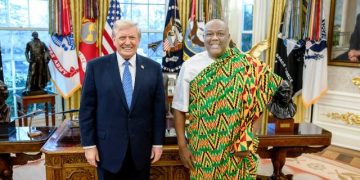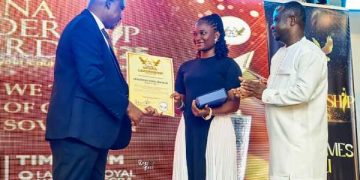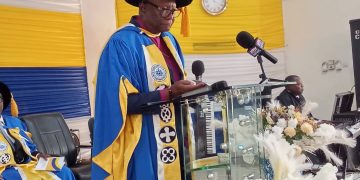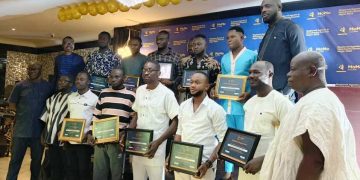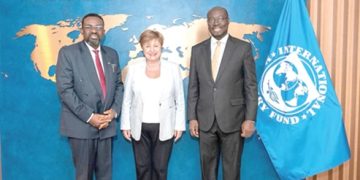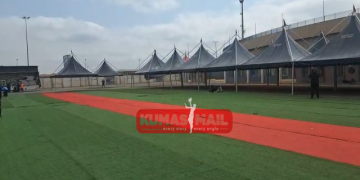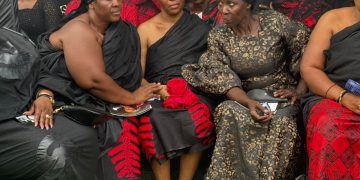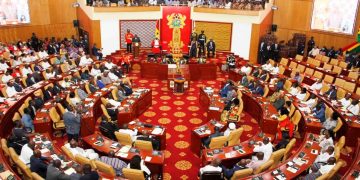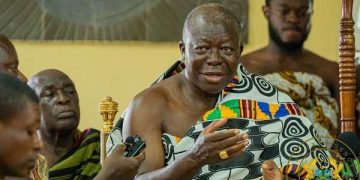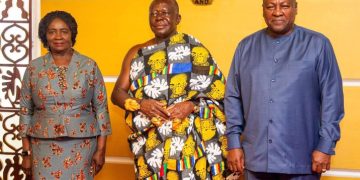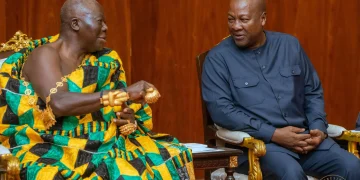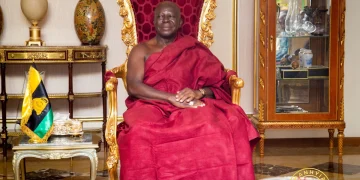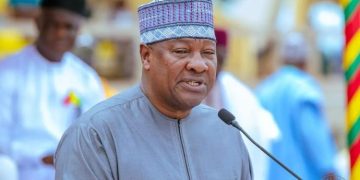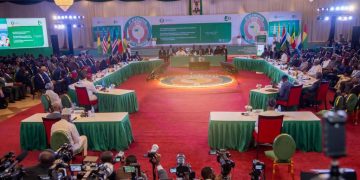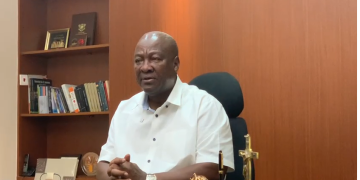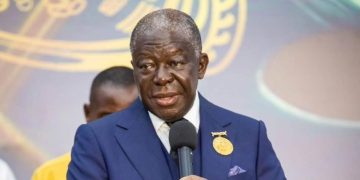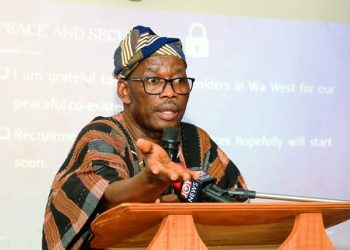The Manhyia Palace Museum in Kumasi has received another significant return of royal artifacts 130 gold and bronze artworks originally created in Asante between the 1870s and early 20th century.
The items, many of which symbolize traditional governance and the cultural value of gold in Asante society, are now back under the custody of Asantehene Otumfuo Osei Tutu II.
The returned pieces, aged between 45 and 160 years, were handed over in two separate donations one from South Africa and another from the United Kingdom.
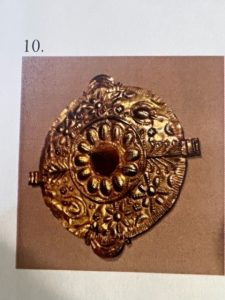
A major portion of the collection came from AngloGold Ashanti, whose Chief Corporate Affairs and Sustainability Officer, Stuart Bailey, led a delegation to the Manhyia Palace. The group, which included Obuasi Mine Managing Director Samuel Boakye Pobee and former Obuasi MP Edward Ennin, presented the items to the Asantehene and expressed the company’s commitment to cultural preservation.
Although AngloGold Ashanti had acquired the artifacts legally through open market purchases, Bailey explained that the company found it morally right to return them to their rightful cultural home.
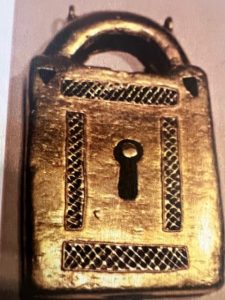
The 110 items donated by the company bring the total number of restituted objects at the Manhyia Palace Museum to 140, many of which originally formed part of the Barbier-Mueller Museum’s Asante collection in Geneva. The late Josef Muller, founder of the Barbier-Mueller Museum, had collected the pieces beginning in 1904.
The remaining 25 artifacts were donated by British art historian and curator Hermione Waterfield, 86, who played a pivotal role in documenting African art history. Waterfield, who began her career at Christie’s in London in 1961 and later established the auction house’s Tribal Art Department in 1971, decided to return the Asante pieces from her private collection.
Her donation includes a rare 46-inch wooden fontomfrom drum believed to have been looted from the Manhyia Palace during the 1900 siege of Kumasi—also known as the Yaa Asantewaa War—led by British colonial officer Sir Cecil Hamilton Armitage. Armitage, who later became Governor of The Gambia, took part in the British advance that plundered royal treasures from the palace.
Waterfield had inherited the drums and also owned fourteen gold weights acquired between 1967 and 1973, many of them through Christie’s auctions.
According to Ivor Agyeman-Duah, Director of the Manhyia Palace Museum, the return of these treasures adds immense historical and academic value to the museum’s growing collection. He credited the late British art historian and archaeologist Timothy Garrard — a leading authority on West African goldsmithing who lived in Kumasi, Accra, and Bouaké — for his research contributions that helped preserve knowledge of Asante metalwork traditions.
Among Waterfield’s donation is a remarkable brass self-portrait of Garrard on a motorbike, sculpted in Kumasi in 1980 by artist Yaw Amankwa. Agyeman-Duah, who signed the deaccession papers with Waterfield in London last October, noted that the newly restituted works will soon be exhibited alongside masterpieces by celebrated Ghanaian and African artists, including Ablade Glover, El Anatsui, Ato Delaquis, Nee Owoo, Anthony Kwame Akoto, Vincent Koffi, and Edwin Kwasi Bodjawah.
The latest restitution marks another step in restoring Asante’s cultural heritage, reaffirming both local and international recognition of the kingdom’s rich artistic legacy.
Source: www.kumasimail.com


